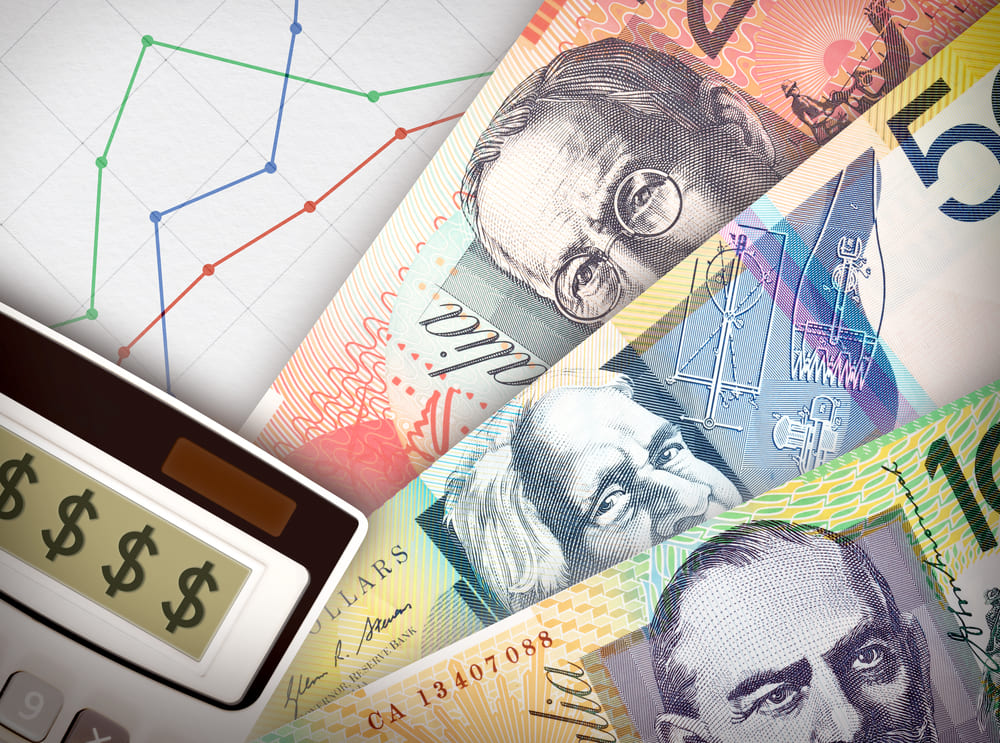
On Tuesday, the dollar strengthened after a recent surge in riskier currencies paused. Meanwhile, the Australian dollar declined following the Reserve Bank of Australia‘s decision to raise rates but adjust its outlook, leading investors to speculate that further rate hikes may be approaching an end.
As anticipated, the RBA increased interest rates by 25 basis points on Tuesday, concluding four months of steady policy. However, the central bank modified its language regarding prospects.
In response to the RBA’s announcement, the Australian dollar dropped by as much as 0.9% to a session low of $0.64305, ultimately settling at $0.64365. This marked the currency’s most significant one-day percentage decline in a month.
Both the Australian and New Zealand dollars experienced recent rallies, with the Australian currency hitting a three-month high on Monday following a muted U.S. jobs report. This led markets to factor in potential rate cuts by the middle of next year, bolstering risk appetite. The New Zealand dollar was down 0.53% at $0.5932.
Learn how to trade currency pairs with Top Forex and CFD brokers
The previous week’s surge in bonds and equities appears to be tapering off, with yields higher at the start of this week. The market’s focus has shifted to comments from U.S. Federal Reserve officials.
Minneapolis Federal Reserve Bank President Neel Kashkari stated on Monday that the central bank likely has more work ahead to manage inflation. Fed Chairman Jerome Powell is scheduled to speak on Wednesday and Thursday, with particular attention on whether he maintains the more cautious tone adopted after last week’s policy meeting.
The dollar index, measuring the currency against a basket of counterparts, inched up 0.1% to 105.38, following a 0.2% increase on Monday, but remained close to a nearly two-month low of 104.84 reached the previous day. It recorded a 1.3% decline last week, its most significant drop since mid-July.
The euro was down 0.06% at $1.0710, retracting from Monday’s eight-week high of $1.0756. Sterling stood at $1.23345, down 0.04% for the day, just shy of Monday’s seven-week peak of $1.2428.
The Japanese yen was at 150.28 per dollar, surpassing the 150 level that has kept traders vigilant in recent weeks, watching for signs of intervention from Tokyo. Last week, the yen reached 151.74 per dollar, nearing the lows of October 2022 that prompted several rounds of dollar-selling intervention.
Subscribe for our newsletter
Get Forex brokers reviews, market insights, expert analytics and education material right into your inbox for free!